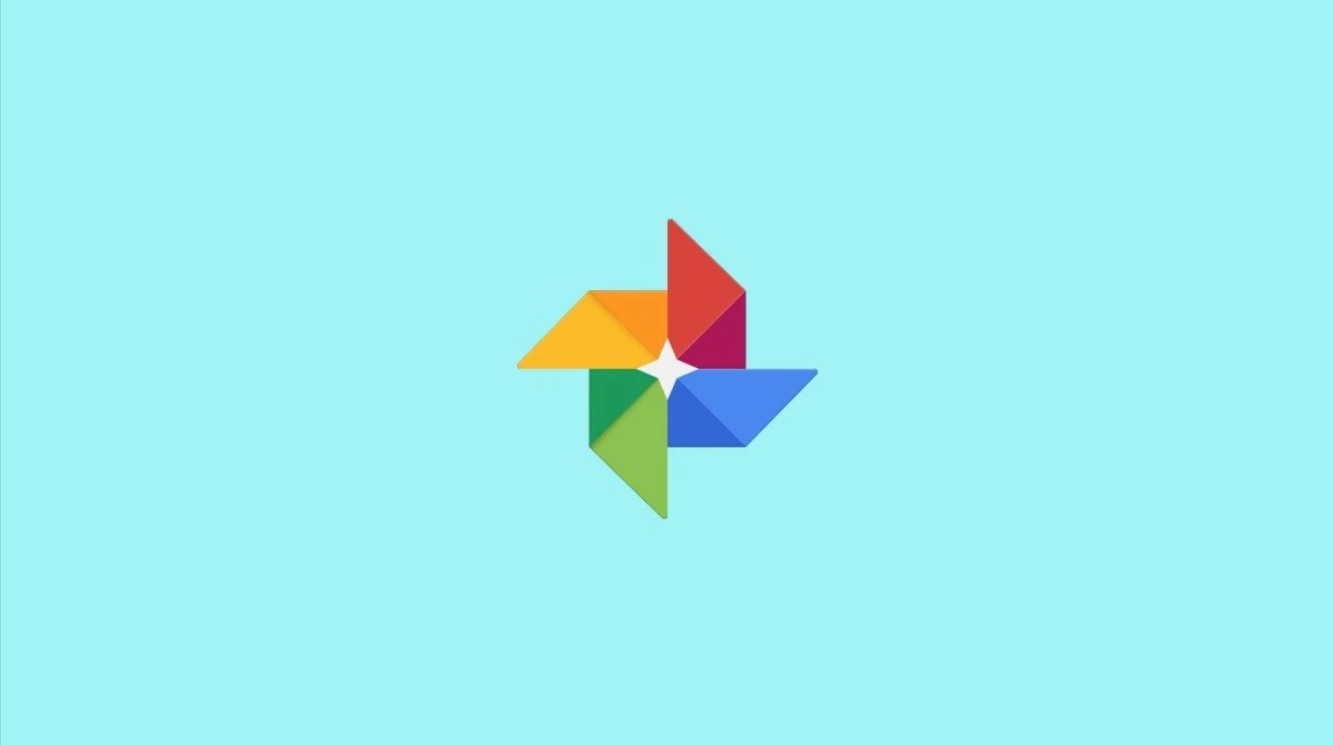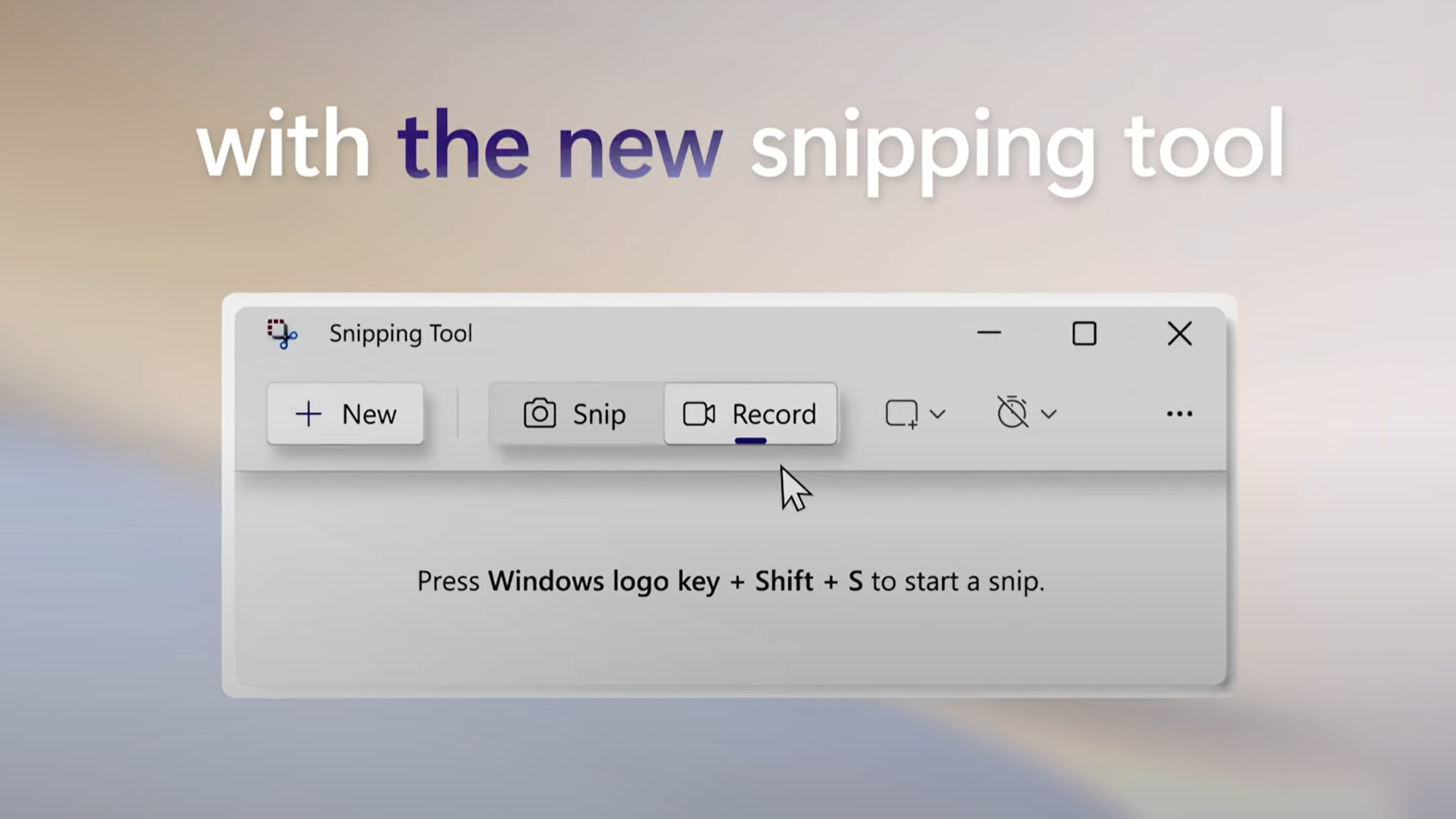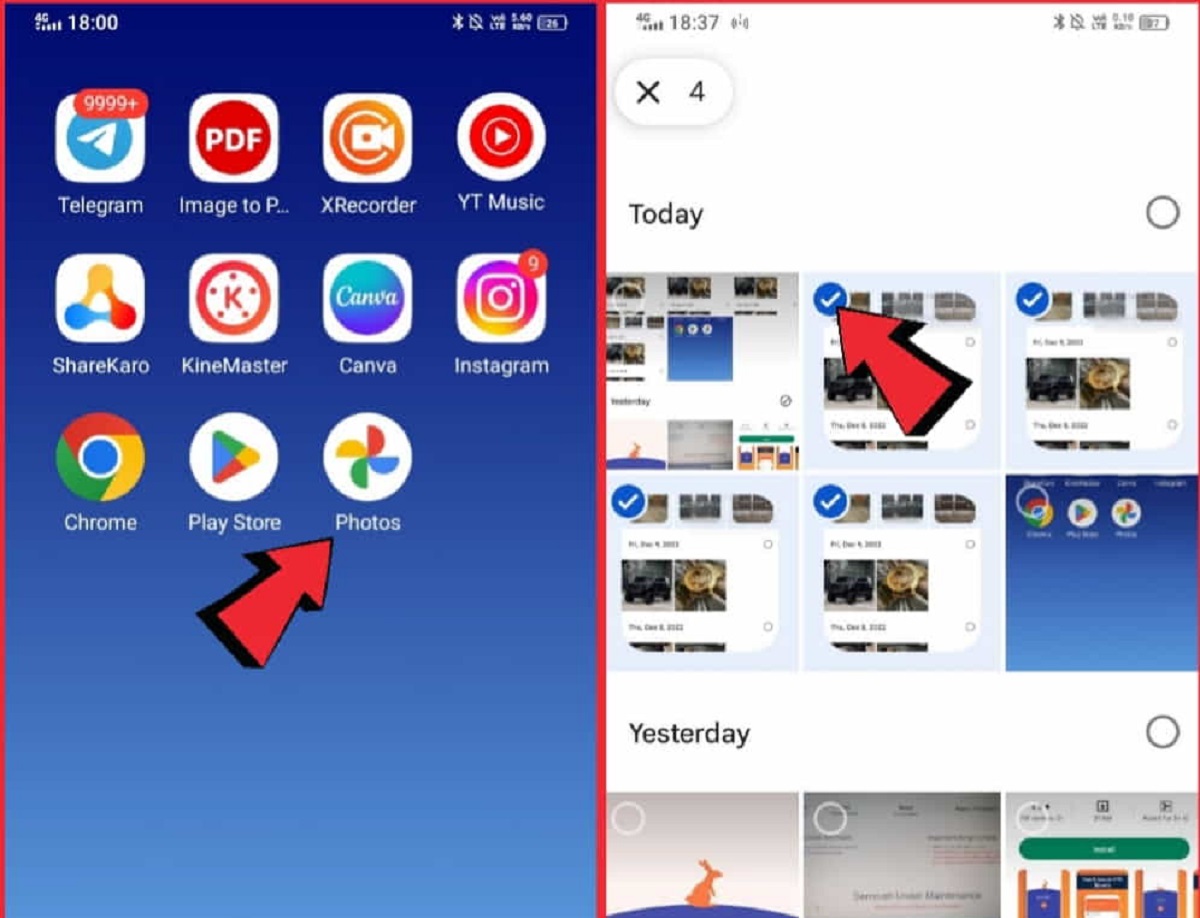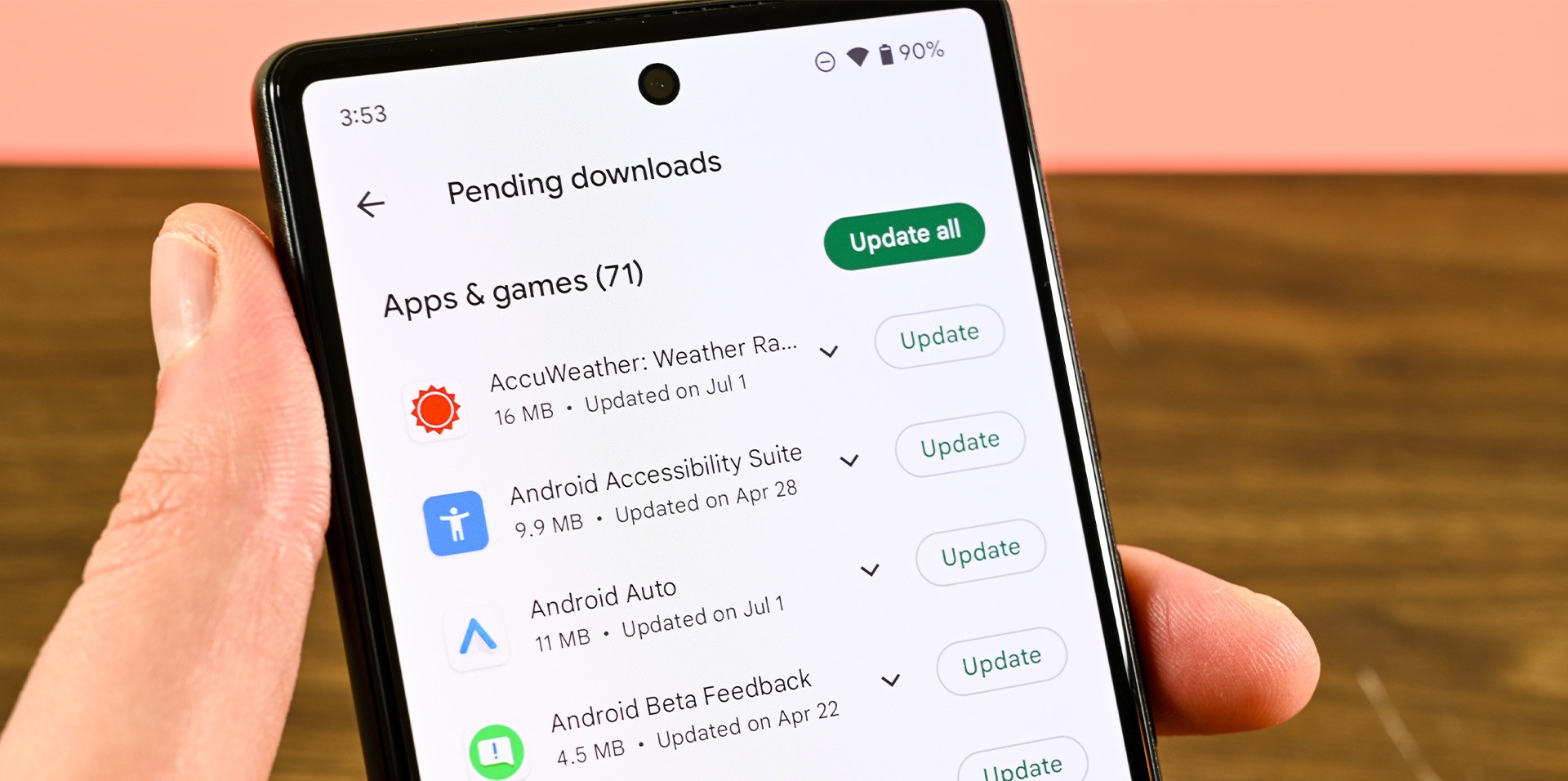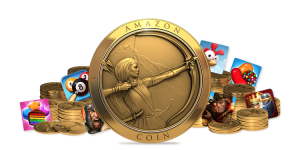Introduction
When browsing the internet, you often come across captivating images that you’d love to have for your personal use. One of the most popular platforms for finding images is Google, which offers a vast collection of pictures on various subjects. However, it’s important to understand the copyright laws and usage rights associated with these images to ensure that you are not infringing on anyone’s intellectual property.
In this article, we will guide you through the process of downloading an image from Google while staying within legal boundaries. We will provide step-by-step instructions on finding the image you want, clicking on it, downloading it to your device, and properly crediting the source if necessary. By following these guidelines and respecting copyright regulations, you can enjoy using images from Google without any legal repercussions.
It’s worth noting that the methods described here focus on downloading images for personal use or non-commercial purposes. If you intend to use the images for commercial purposes or on a public platform, such as a website or social media account, it is important to obtain proper permissions or licenses from the copyright holder.
Understanding Copyright Laws and Usage Rights
Before downloading any image from Google, it’s essential to have a clear understanding of copyright laws and usage rights. Copyright law grants exclusive rights to the creator of an original work, such as photographs, illustrations, or artwork, preventing others from using or reproducing it without permission. When it comes to images found on Google, they are likely protected by copyright unless stated otherwise.
To determine whether you can use an image from Google, you need to consider its usage rights. There are three common types of usage rights associated with images: public domain, Creative Commons, and copyrighted. Public domain images are free from copyright restrictions and can be used for any purpose without permission. Creative Commons images are protected by copyright but are available for use under specific conditions set by the creator. Copyrighted images are fully protected, and their use without permission is prohibited.
When searching for images on Google, you can utilize the “Tools” feature to filter images based on their usage rights. By clicking on “Usage rights,” you can select the appropriate filter that aligns with your intended use of the image. However, it’s important to note that these filters are not foolproof, and it’s always best to verify the usage rights from the original source or contact the copyright holder for clarification if needed.
Respecting copyright laws and usage rights is fundamental for ethical and legal image usage. It ensures that the creators are recognized for their work and encourages a fair and creative environment online. By being mindful of these laws and understanding the different types of usage rights, you can navigate the process of downloading and using images responsibly and in compliance with legal requirements.
Finding the Image on Google
Finding the image you desire on Google is a straightforward process that begins with entering relevant keywords in the search bar. Start by opening your preferred web browser and navigating to the Google website. Once there, locate the search bar and type in keywords that accurately describe the image you are looking for. For example, if you want to find a picture of a sunset, you can enter “sunset image” or “beautiful sunset photo” in the search bar.
After entering your keywords, click on the search button or hit the “Enter” key on your keyboard. Google will then display a page of search results related to your query, including images, webpages, and other content. To filter the results and focus solely on images, click on the “Images” tab located at the top of the search results page.
Scrolling through the images, you can see a wide variety of pictures relevant to your search. Take your time to browse through the images and find the one that best matches your criteria. You can further refine your search by using additional keywords or utilizing the search tools available on Google. These tools allow you to set specific criteria such as image type, size, color, and more, to help narrow down the results and find the perfect image for your needs.
Once you have found the image that catches your eye, you can move on to the next step of clicking on it to view it in more detail. This will allow you to assess the image’s quality, resolution, and relevance before deciding to download it.
Clicking on the Image
After finding the image you want to download on Google, the next step is to click on it to view it in a larger size and gather more information. When you click on an image, Google will typically open a preview window or direct you to the website where the image is hosted.
In the preview window, you can get a closer look at the image and assess its suitability for your needs. Pay attention to the image quality, composition, and any additional details or watermarking that may be present. Take a moment to read any accompanying information or captions, which can provide valuable context about the image’s origin, usage rights, and attribution requirements.
If the image is hosted on a website, clicking on it will take you to that specific webpage. On the webpage, you may find further details about the image, the creator, and any usage terms and conditions specified by the copyright holder. It’s crucial to review this information carefully to ensure that you comply with any necessary attribution requirements or usage restrictions.
During this step, you should also consider if the image is of sufficient quality for your intended use. Check its resolution and size to ensure it meets your requirements, as low-quality or small images may not be suitable for certain applications.
Once you have gathered all the necessary information and determined that the image is appropriate for your needs, you can proceed to the next step of downloading it to your device.
Downloading the Image
Downloading the image you have chosen from Google is a simple process that can be done in just a few steps. Once you have clicked on the image and have it open in a preview window or on the hosting website, follow the instructions below to download it to your device.
1. Right-Click: On a computer, right-click on the image. A context menu will appear.
2. Save Image As: From the context menu, select the “Save Image As” or “Save Picture As” option. This will prompt a file browser window to appear.
3. Choose a Location: In the file browser window, choose the location on your device where you want to save the image. You can create a new folder if needed to keep your downloads organized.
4. Rename (Optional): If you want to rename the file, you can do so in the “File name” field. This step is optional but can be helpful for easier identification later.
5. Select Format: Choose the file format in which you want to save the image. The most common formats for images are JPEG/JPG and PNG. Consider the specific requirements for your intended use when selecting the format.
6. Save: Click the “Save” button to save the image to your chosen location with the provided file name and format.
7. Wait for Download: Depending on the file size and your internet connection speed, the downloading process may take a few seconds or longer. Once the download is complete, you can access the image from the location you selected.
It’s important to note that the steps mentioned here may vary slightly depending on the device, operating system, and browser you are using. However, the general concept of right-clicking on the image and choosing the “Save Image As” option should be applicable in most cases.
With the image successfully downloaded, it’s time to move on to the next step of saving and organizing it on your device for easy access and future use.
Saving the Image
Once you have downloaded the image from Google, the next step is to save it on your device. Saving the image ensures that you can easily access it in the future, without having to search for it again. Additionally, organizing your downloaded images in a structured manner can help you stay organized and find specific images quickly.
To save the image, follow the steps below:
1. Open the Folder: Navigate to the folder or location where you saved the image during the download process. You can do this by opening the file explorer or finder on your device.
2. Drag and Drop: If you want to save the image in a separate designated folder, open that folder as well. Then, simply drag and drop the image file from its current location to the desired folder. This organizes your images and keeps them easily accessible.
3. Rename (Optional): If you prefer to give the image a new name or add additional details for better organization, you can right-click on the image, select “Rename,” and type in a new name. This step is optional but can be helpful if you have many images or want to add more descriptive titles.
4. Create Subfolders (Optional): If you have a large number of images or want to further categorize your downloads, you can create subfolders within the main folder. For example, if you downloaded images related to different projects, you can create subfolders with project names and move the respective images into those folders.
By properly saving and organizing your downloaded images, you can streamline your workflow, save time in searching for specific images, and maintain a well-structured collection for future use.
Remember to regularly back up your image folders to prevent the loss of valuable content. This can be done by copying the entire image folder to an external storage device or utilizing cloud storage services for added security.
Now that you have successfully saved the image, it’s important to understand the importance of crediting the image’s source, especially if the image requires attribution. This ensures that you respect the rights of the image creator and acknowledge their work appropriately.
Properly Crediting the Image
Crediting the source of an image is a crucial step in using it responsibly and ethically, especially if the image requires attribution. Properly crediting the image ensures that you respect the rights of the image creator and give them the recognition they deserve for their work. It also helps others locate the original source of the image and provides valuable context.
To properly credit an image, follow these guidelines:
1. Determine Attribution Requirements: When you click on the image or visit the website where it is hosted, look for any specific instructions or guidelines regarding attribution. The image creator or website may have outlined how they want to be credited, which could include providing the creator’s name, the image title, and a link to the original source.
2. Include Information on Your Platform: If you are using the image on a platform such as a website, blog, or social media, include the necessary attribution information in a visible and accessible location. This could be within the image caption or in a separate section specifically dedicated to giving credit to the image’s source.
3. Provide Proper Attribution Details: Ensure that you include all the requested information when attributing the image. This typically includes the name of the creator or copyright holder, the title or description of the image, and a link or URL to the original source. If there are any additional requirements, such as a specific format or wording for the attribution, make sure to follow them accordingly.
4. Be Clear and Consistent: When providing attribution, make sure that the information is clear and easily understandable. Use a legible font and ensure that the attribution details are not overshadowed or difficult to locate. Moreover, be consistent in how you credit images, following a standardized format or style across your platform.
By properly crediting the image’s source, you not only fulfill your obligation as a responsible user, but you also contribute to a positive and respectful online community. Openly acknowledging the creative work of others encourages collaboration and supports the ongoing production of valuable content.
It’s important to note that not all images on Google require attribution. Images that are in the public domain or under a Creative Commons license may have different attribution requirements, or they may not require attribution at all. Nonetheless, it is always good practice to credit the source when using images to foster transparency and respect for intellectual property rights.
Now that you understand the importance of proper crediting, you can confidently use and share images found on Google while maintaining ethical standards and honoring the image creators’ rights.
Conclusion
Downloading and using images from Google can be a great way to enhance your projects, presentations, or personal collection. However, it is essential to navigate this process while respecting copyright laws and usage rights. By following the steps outlined in this guide, you can download images from Google in a responsible and legal manner, ensuring that you stay within the boundaries of intellectual property rights.
Understanding copyright laws and usage rights is the first step in using images ethically and legally. By familiarizing yourself with the different types of usage rights, such as public domain, Creative Commons, and copyrighted, you can make informed decisions while searching for images and select images that align with your intended use.
While searching for images on Google, using appropriate keywords and utilizing the search tools can help you find the most relevant and suitable images. Clicking on an image allows you to review it in detail before proceeding to download it to your device.
When downloading an image, remember to save it in a location where you can easily access it later. Organizing your image files in separate folders and renaming them if necessary can help you stay organized and find specific images quickly. Additionally, be sure to properly credit the image’s source if attribution is required, giving recognition to the image creator and maintaining ethical standards.
As you engage in the process of downloading and using images from Google, always keep in mind that intellectual property rights are essential to respect. By following the guidelines outlined in this article, you can confidently incorporate images into your projects while acknowledging the hard work and creativity of the image creators. Happy downloading!







